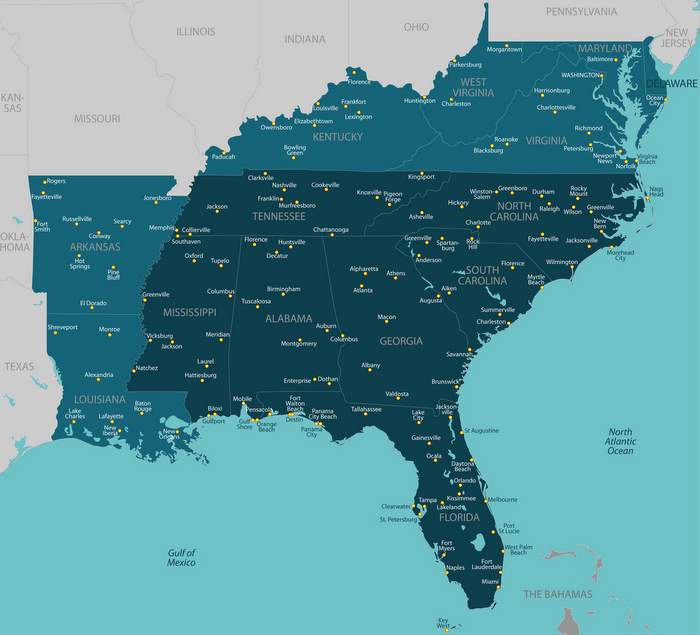The Southern Alliance for Clean Energy (SACE) shows how changes in power generation have led to reductions in carbon emissions from electric utilities in the Southeast over the last decade in a report. The group also analyzes factors that could determine whether or how decarbonization continues.
“Utilities, states, and cities are taking the climate crisis seriously and have begun to set goals to reduce greenhouse gas emissions,” noted Heather Pohnan, SACE Energy Policy Manager. “We are excited to see an emerging vision for decarbonization in the Southeast, but our findings show it’s not yet turning into action.”
“Tracking Decarbonization in the Southeast: 2019 Generation and Carbon Emissions Report” is unique in that it provides generation and emission figures that are tied to the utility or state in which the power is ultimately consumed, not where it is generated. The report examines carbon emission for utilities throughout the region, including Alabama, Georgia, Florida, North Carolina, South Carolina, and Tennessee. Report authors compiled historical data for 2010-2017 and forecasts of power generation based on current utility plans.
Report highlights
Electric utilities are taking a passive role in decarbonizing the power supply: based on recent utility plans, carbon emissions reductions are expected to flat-line in the future. Scientists indicate that emissions would need to decrease at a faster rate to mitigate the worst impacts of the climate crisis.
Many utilities are expecting relatively flat long-term growth for the first time in decades: the expected low growth should mean opportunities for clean energy will be driven by power plant retirements more so than increasing demand.
Clean energy depends on partnerships between states and utilities: states and utilities each play a role in determining the power supply, but no Southeastern state requires consideration of carbon dioxide (CO2) emissions in their resource plans. Some states do not even require that resource plans be approved by regulators.
Solar could replace gas as utilities’ go-to resource: under current utility plans, generation from new gas plants is forecast to exceed renewable generation growth. Coal retirements continue to drive regional CO2 emissions downwards, but rising gas consumption may hinder further progress towards carbon goals.
Pohnan continued, “Utilities have choices for how they replace retiring generation. Whether they help shape the new utility business model and fully embrace solar and energy efficiency, or remain in an outdated business model by replacing coal plants with even larger gas plants will determine how quickly the sector can decarbonize.”
— Solar Builder magazine


Leave a Reply
You must be logged in to post a comment.